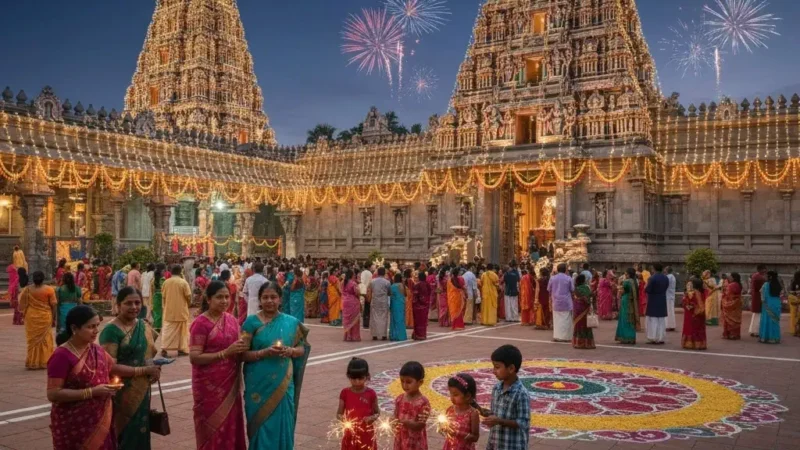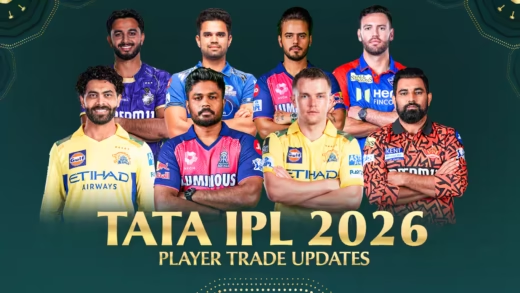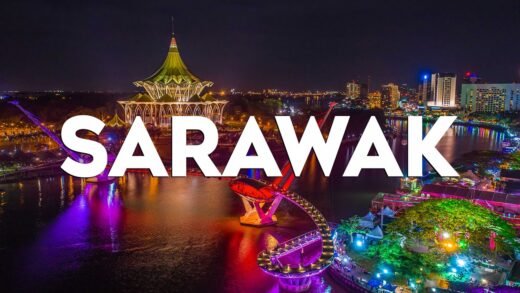The Role of Indian Temples in Malaysian Deepavali Celebrations

Deepavali, also known as Diwali, is one of the most significant festivals for the Indian community in Malaysia. Often called the “Festival of Lights,” it symbolizes the victory of light over darkness and good over evil. While its origins are in India, Deepavali in Malaysia has developed its own distinctive flavor, blending traditional Indian customs with local cultural practices. Central to these celebrations are Indian temples, which serve as spiritual, cultural, and social hubs.
Origins and Evolution of Deepavali in Malaysia
Deepavali was brought to Malaysia by Indian immigrants, primarily from Tamil Nadu. Over the years, it has evolved from a religious observance into a festival celebrated nationwide. Malaysian Deepavali traditions include lighting oil lamps (diyas), decorating homes with rangoli designs, preparing traditional Indian dishes, and gathering with family and friends. The festival also emphasizes community, with temples hosting events that bring people together.
The Significance of Indian Temples
Indian temples in Malaysia play a vital role in Deepavali. They are not just places of worship, but cultural centers where devotees perform rituals, celebrate, and connect with their community.
Batu Caves: A Spiritual Epicenter
Batu Caves in Gombak, Selangor, is one of Malaysia’s most iconic Hindu temples. Dedicated to Lord Murugan, it attracts thousands of devotees during Deepavali. The temple complex is decorated with lights, colorful kolam designs, and other festive decorations, creating a vibrant atmosphere for celebrations.
Sri Mahamariamman Temple: Kuala Lumpur Landmark
The Sri Mahamariamman Temple in Kuala Lumpur, founded in 1873, is Malaysia’s oldest Hindu temple. Its ornate five-tiered gopuram, featuring intricate carvings of Hindu deities, showcases South Indian temple architecture. During Deepavali, devotees flock to the temple to offer prayers, participate in rituals, and enjoy cultural events.
Other Regional Temples
- Penang: Temples like Muniswarar Temple and Arulmigu Karumariamman Temple host processions, cultural performances, and community prayers.
- Johor and Ipoh: Local temples serve as centers for family gatherings, rituals, and temple-based cultural events.
Traditional Customs and Rituals
Deepavali in Malaysia involves several longstanding customs:
- Oil Bath and Prayers: Devotees begin the day with an oil bath, followed by prayers at home or in temples.
- Lighting Diyas: Oil lamps are placed in homes and temples to signify the triumph of light over darkness.
- Kolam Designs: Colorful rice or flour patterns at entrances welcome prosperity and good fortune.
- Temple Offerings: Flowers, fruits, and sweets are offered to deities as blessings for health and happiness.
Regional Differences Across Malaysia
Penang
Deepavali in Penang is celebrated with processions, temple rituals, and community gatherings. Temples act as the focal point for cultural performances and religious ceremonies.
Kuala Lumpur
Brickfields, also known as Little India, becomes the festival hub. Streets are decorated with lights, shops sell festive treats, and temples like Sri Kandaswamy host prayers and rituals.
Johor and Ipoh
In Johor and Ipoh, Deepavali is celebrated with temple rituals, family gatherings, and local cultural performances, reflecting the customs of the Indian community in these regions.
Traditional Foods and Sweets
Food plays a central role in Deepavali celebrations. Common dishes include:
- Murukku: Crunchy, spiral-shaped rice flour snacks.
- Laddu: Sweet round treats made from flour, sugar, and ghee.
- Pineapple Tarts: Buttery pastries filled with sweet pineapple jam.
- Curries and Rice Dishes: Rich and flavorful dishes served during family meals and temple gatherings.
Home Decorations and Family Practices
During Deepavali, homes are decorated with:
- Diyas and Oil Lamps: Illuminate homes and temples.
- Rangoli (Kolam) Designs: Symbolize the welcoming of deities and guests.
- Torans: Decorative door hangings made of flowers or beads.
Families also exchange gifts, visit relatives, and participate in community celebrations, reinforcing familial bonds and cultural traditions.
Conclusion
Indian temples are the heart of Malaysian Deepavali celebrations. From the grandeur of Batu Caves to the historic Sri Mahamariamman Temple, temples preserve traditions, bring communities together, and provide a spiritual center for the festival. Deepavali in Malaysia continues to evolve while keeping its essence of light, hope, and unity alive within the Indian community.





Comments are closed.